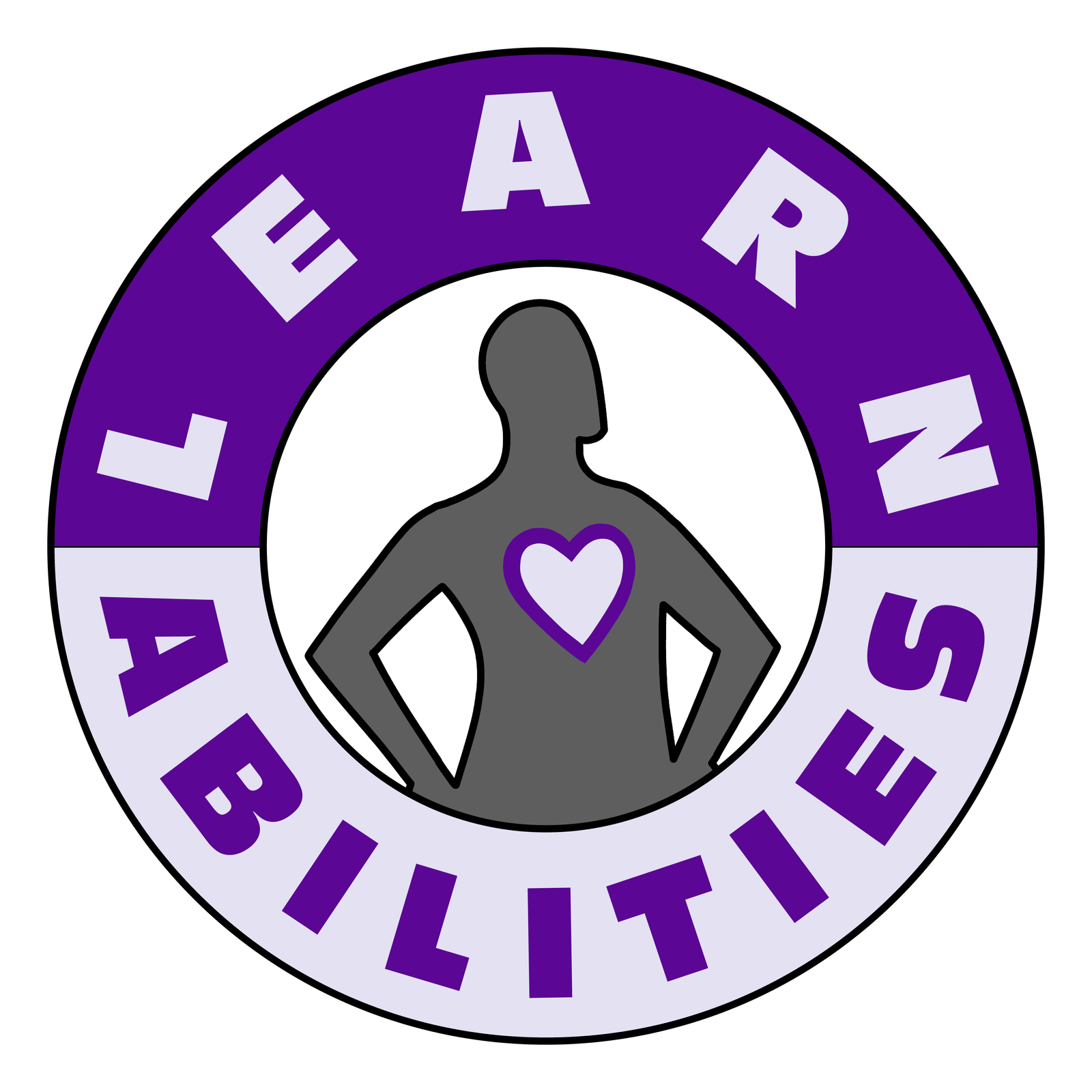Teaching for the “AHA Moment”
Think about the absolute best moments of your teaching. Ever. They most likely involved someone you were trying to teach ‘finally’ getting the concept, learning the strategy, or mastering the skill. The AHA Moment—the climax of the teaching and learning experience—was probably preceded by a rising action: hours of studying or doing practice problems, repetitions of lines of music, or trials up and down the street on a wobbly bicycle. The AHA Moment was the pinnacle of conflicting emotions: tension and release, frustration and happiness, uncertainty and confidence. The best part, however, was most likely the falling action, or resolution, when both the student and the teacher felt a sense of accomplishment and could celebrate the victory known as learning.
Reflection on an AHA Moment
Consider, as an example, this scenario… Robin, a junior in high school, had never fully grasped the concept of fractions (a concept, some have argued, that may be better taught at much higher grades than is currently standard practice). Robin believed that most of the other kids in the class seemed to understand fractions as early as during the elementary school presentations of pizzas and pies or later through visual connections to decimals and percents. However, for Robin, nothing—not even Hershey bars that could be eaten after the lesson—really worked.
The irony was that Robin was actually very good at math. Robin was logical and able to do complex mental math. Robin wasn’t fazed by long division or other multi-step math problems or even convoluted word problems. Although Robin may have had a lower homework grade (due to late or missed assignments), Robin scored very well on math quizzes and tests. In fact, Robin used math and measurement every day for a job outside of school.
One day, a particularly astute tutor used Multiple Intelligence Theory to make a connection and realized that Robin’s “Number Smart” abilities could help in the learning of fractions. While that may seem rudimentary (my dear, Watson)—that a math-related strength could help with a math-related problem—Robin had been taught using mostly “Picture Smart” methods. Those methods worked remarkably well for many students in the class, but not for all of them.
So… Robin’s tutor brought out a ruler, explained fractions using quarter- and half-inch markings and eventually eighth- and sixteenth-inch divisions, and then listened for the glorious “AHA” to escape Robin’s lips.
Achieving the AHA Moment
What was necessary for that tutor to help Robin achieve that AHA Moment? Here are several factors that may have contributed:
- Knowledge of the Student: The tutor understood Robin’s strengths and challenges (i.e., Robin’s Learner Profile). Knowing a little about Robin outside of the classroom didn’t hurt either!
- A Strategy Toolbox: The tutor was aware of different strategies for teaching the concept of fractions and was comfortable trying something “outside the box.”
- Understanding of the Learner Profile-Strategy Connection: The tutor understood how Robin’s Learner Profile might interact with different strategies in the tutor’s Strategy Toolbox. What was likely to work?
- Use of the Strategy Instruction Cycle: The tutor knew that there was buy-in from Robin (who really wanted to finally “get” fractions) and was able to incorporate what Robin already knew well—measuring with a ruler. The tutor presented and modeled the use of the strategy, allowed Robin time to process and practice, and then helped Robin generalize the connections that were made.
- Mindfulness: In this case, both teacher and learner were fully within the present moment, neither were focusing on past attempts at understanding and neither were worrying about what will happen the next time a fraction problem is encountered.
While this may be an idealized path to that AHA Moment, it is also a true story. The truth is that working on any of these factors can help to increase the likelihood of AHA Moments. Sometimes you and your student are nearly there, and you just need one more of these factors to fall into place. The extra work or time or effort will be worth it when that AHA Moment is ‘finally’ achieved. And that AHA Moment is, after all, the point of teaching, right?
Three Tips to Achieving the AHA Moment
- Help your students understand personal strengths and challenges, so your students can be partners in the process of determining strategies that work. Self-knowledge is one of the Keys to Empowerment that can benefit both teaching and learning.
- Build your own Teaching Strategy Toolbox as you help your students develop their own Learning Strategy Toolboxes. Options are good!
- Reflect! Reflect! Reflect! Use each teaching and learning experience to finetune your own understanding of your students’ Learner Profiles, expand your Strategy Toolbox, and deepen your grasp of the connections between Learner Profiles and strategies.
Photo by Ben White on Unsplash
Original Post: May 26, 2025








